Customer Services
Copyright © 2025 Desertcart Holdings Limited
Desert Online General Trading LLC
Dubai, United Arab Emirates








🔧 Light up your skills with every solder – don’t miss the spark!
The Gikfun DIY SMD SMT Welding Practice Board (Ek7028) is a compact, beginner-friendly soldering training kit featuring a high-quality blue PCB with clearly marked components and an integrated mm/Inch ruler. Designed for 3-12V power input, it instantly lights up a beautiful water lamp circuit to visually confirm your soldering success, making it an essential tool for aspiring electronics professionals.
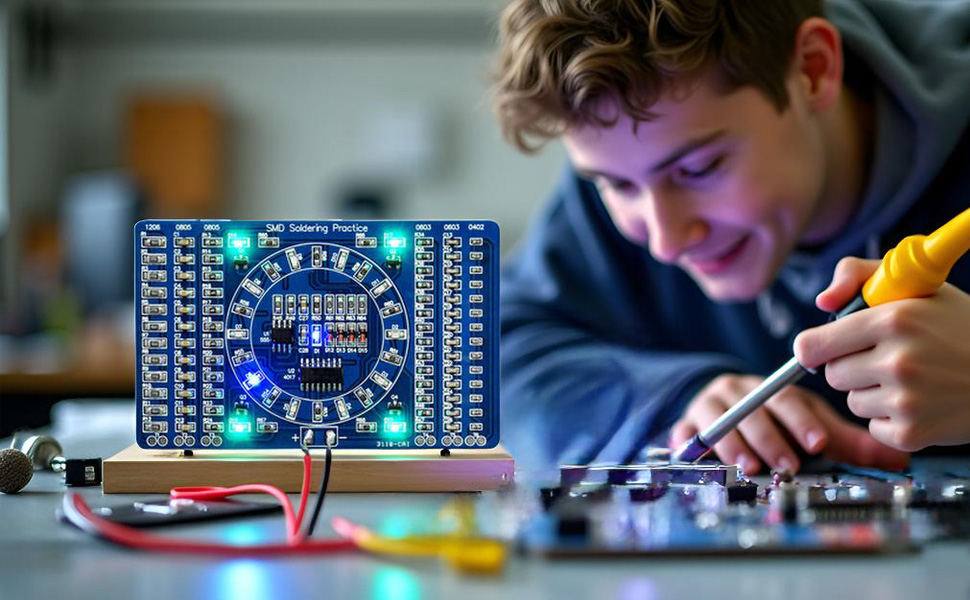


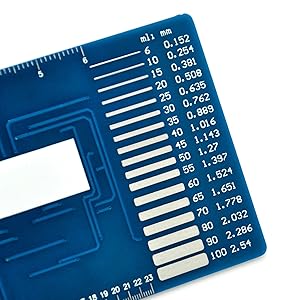

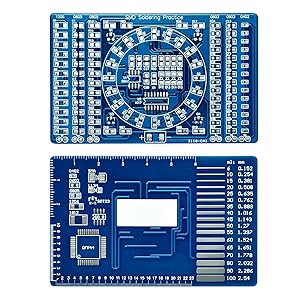
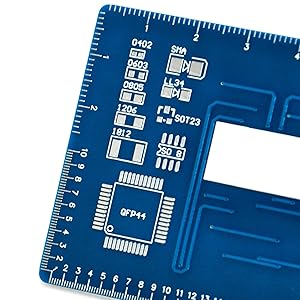
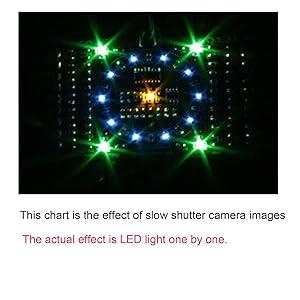
| Brand | Gikfun |
| Product Dimensions | 12.7 x 8.13 x 0.25 cm; 9.07 g |
| Item model number | LYSB00VWB8F8K-ELECTRNCS |
| Manufacturer | Esooho |
| Series | Ek7028 |
| Color | Blue |
| Screen Resolution | 3840 x 2160 |
| Resolution | 3840x2160 |
| Processor Brand | Intel |
| Processor Count | 4 |
| Memory Technology | DDR4 |
| Computer Memory Type | DDR4 SDRAM |
| Maximum Memory Supported | 1 GB |
| Hard Disk Description | SSD |
| Hard Drive Interface | Serial ATA |
| Graphics Coprocessor | [SEPARATE DEDICATED GRAPHICS COPROCESSOR] |
| Graphics Chipset Brand | Intel |
| Graphics Card Description | Dedicated |
| Graphics RAM Type | Unknown |
| Graphics Card Interface | PCI Express |
| Are Batteries Included | No |
| Item Weight | 9.07 g |
Trustpilot
2 weeks ago
2 weeks ago